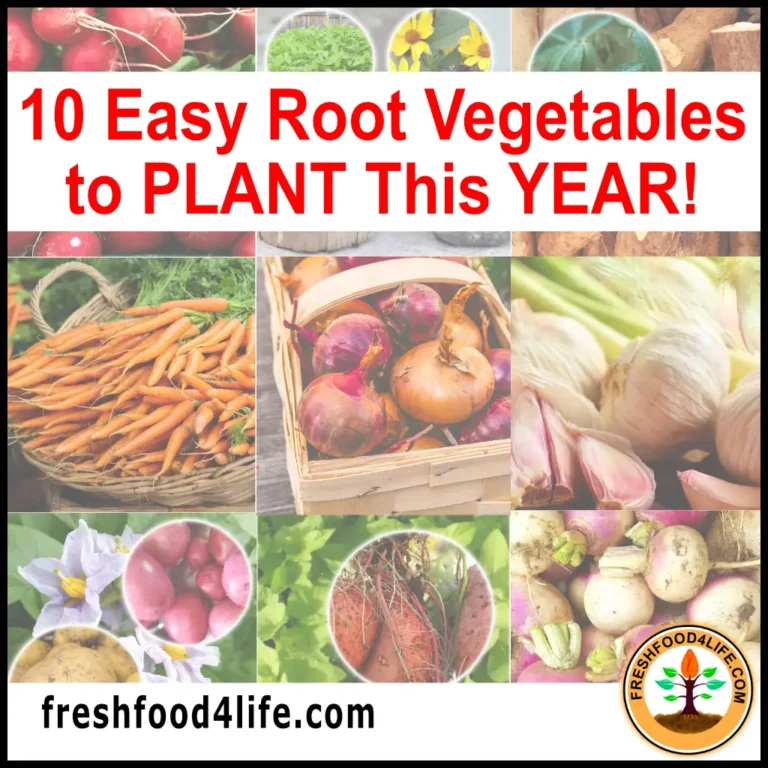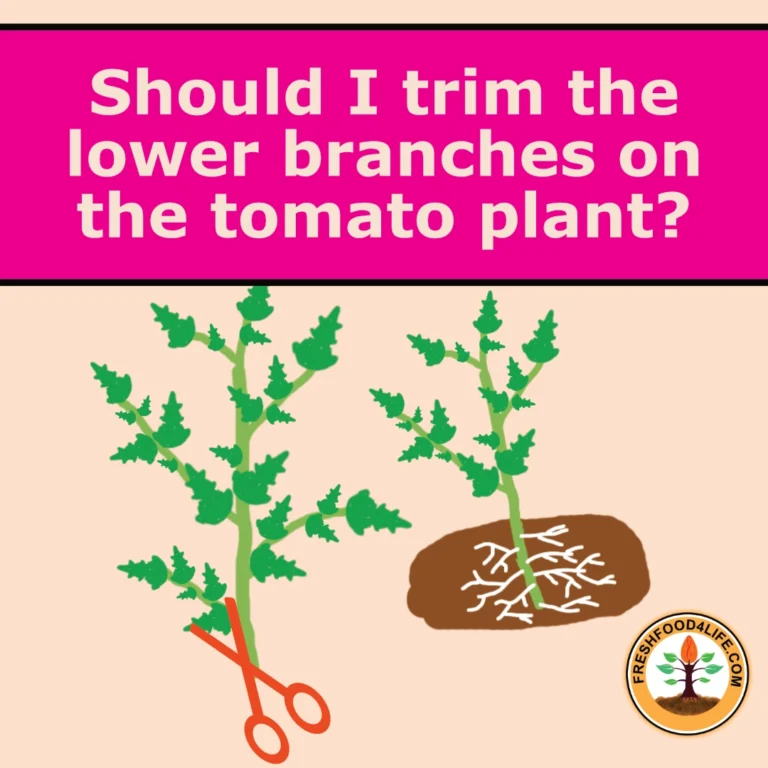Published: April 27, 2022 Last Updated: November 16, 2024

Radishes are one of the early fast spring vegetables that you must grow. Unlike other plants, radishes mature in under 30 days. You can eat fresh produce full of nutrition for your body. Growing radish in containers are also great for patio spaces and small areas in the gardenhome garden A designated area around a residential property where individuals cultivate plants, fruits, vegetables, or ornamental plants for personal use. It comprises a farming system that combines physical, social, and economic functions on the area of land around a family home, providing a sustainable source of food and other benefits for the household, extended family, and friends.. Radishes are a great and easy plant to grow for beginner gardeners to gain gardening experience. Plus, they make a great snack when working in the garden. Radishes are crunchy, with a hint of spiciness, and are really tasty in soups. Planting Radishes should be on your list this year after reading about how easy is it.
Table of Contents
When To Start Planting Radishes

You can plant radish seeds in both spring and fall. Plant your radish seeds 2-6 weeks after all the snow has melted and the soil is workable. Radish is grown for its quick root crop production and its leaves, which are edible. Growing radishes during the extreme heat of summer is pointless. Due to the hot temperature your radish will bolt, making it useless, unless you are saving seeds. If you’re growing radishes for the fall season, plant them 4-6 weeks before your first frost date.
Planting Radishes| Soil Preparations
Radishes should be grown in loose sandy soil, or potting soil in containers. You can also plant radishes in your native soil even if its clay soil, although it may need some soil preparation. Using a broad fork or a pitch fork, loosen your soil, then add in some manure or sand to provide drainage. Avoid adding fresh manure to where you are planting radishes. Fresh manure may introduce weed seeds and harmful bacteria. Also, remove large rocks from your soil. This will enable a nice decent radish root size.
Sowing Radish Seeds

Radishes are very tiny seeds. You could just scatter them over your prepared soil, covering with a thin layer of soil and thinning them out after they germinate. Radish seeds will germinate anywhere from 4 to 10 days after sowing. Or you can use a special seeding tool to individually place each seed, which many beginner gardeners don’t have. BUT there is another way around this that is cheap and perhaps in your kitchen.
Gel NO-Thin Seed Starter
Gather the following supplies to make the Gel NO-Thin Seed Starter
- 2 tbsp of corn starch
- 1 cup of water
- a package of radish seeds
- a pot
- a jar
In a small pot, pour 1 cup of water and add in 2 tbsp of corn starch. Turn on your stove and keep it on the fire until it turns into a gel. Then let it cool down completely. This step is important because if it’s too hot, it may kill the seeds. Pour your gel into a tightly sealed bag. Then add in your seeds with the gel, shake your bag to disperse the seeds in the gel.
Cut the bottom tip of the bag and pipe out the gel with the seeds, where you will be planting. There is also an added bonus to using the gel. The gel will reduce the amount of water needed for the first few days.
Growing Radish In Containers And WHY?
Growing radishes in containers allows you to control pests, diseases, when you can start growing, and the amount of water the plant gets. When choosing a container for planting radishes, the depth should be 8 inches to allow the root to develop properly. It should also have holes in the container to allow extra water to drain.
Besides those recommendations, you can choose what size container is best for you, depending on the amount of radish you’re planning to plant. Keep in mind the square foot rule: 9 radish per every square foot of space.
Planting Radishes
You can plant radishes in the container when there is 6 – 8 hours of sunlight. Don’t mind the cool weather too much because radish is a hardy vegetable that is part of the brassica family. Once you have settled on a container for planting your radishes in, fill it with some soil. Use the 70/30 rule. 70% potting soil and 30% compost. This would provide nutrition when the seeds germinate to ensure healthy radishes.
Adequate Watering Is Essential

Water the radish consistently. Over watering the radishes, will cause splitting and cracking the roots. Under watering will let the radishes dry out and bolt (begin to flower). Once it gets to that stage it won’t have that same crunchy, crisp texture you would get from a well-grown radish. It’ll lose its crunchiness and be slightly bitter. You wouldn’t want to eat them after that point. Every day or every other day water your radish plants. The soil needs to be water, but not soaking in water.
Tips On Choosing Radishes Varieties
When choosing radish seeds to plant, take a look at the back of the seed packet that you wish to buy for the days until harvest. You can also check its colour on most packets in the front. Some packets will give you additional information on growing the seeds in the packet. Then you could select a radish that grows faster than others if you want radishes sooner.
Easy Radishes To Grow

1. White Hailstone
An impressive maturing white round radish within 23 days. The white hailstone radish is really mild, with not much spice to it. This is such an amazing variety that many will love. If you get your hands on the seeds, plant these this YEAR.
2. Cherry Belle
The round red radishes that you see at your local market. This is one of the many gardener’s favourite varieties and are planted every year. These make great delicious salad recipes.
3. Early Scarlet Globe
Maturing in 20-28 days, this makes the scarlet globe one of the earliest maturing radish. They are red and mild in spice.
4. French Breakfast
French breakfast radish is said to be one of the tastiest radish which matures in 28 days. They are mild, and are super crunchy radish. These make good in soups, giving your soup a unique twist in taste.
Tips on growing radishes
- When choosing a plot to plant radishes, choose an area where there is low to minimal winds and lots of sunlight. Radish can tolerate some shade.
- Planting a few varieties of radishes will give you slightly different flavors, shape, size and colours. Planting 5-6 days after you plant a one batch of radishes will ensure a continually supply of fresh radishes through your growing season.
- Adding a light layer of mulch or weed seed-free hay will help prevent large amounts of weeds growing. It’s also keep the soil moist.
- The radish tops should remain covered while they are growing to prevent them drying out or splitting.
Transplanting Radishes? Is It Better

It’s best to sow into direct soil. Radishes shouldn’t ideally be transplanted to the garden. Transplanting radishes can cause root damage. Since they are such a fast crop, they would outgrow starter kits quickly and there is no point to it.
Thinning out Radishes
Thin your radishes out 4-5 days after they have germinated, 1-2 inches apart from another horizontal. After thinning them out, add a light layer of soil over the thinned out radishes for the best results.
That’s all for now. Plant your radishes and enjoy them this year. Until next time, continue to learn and grow.




